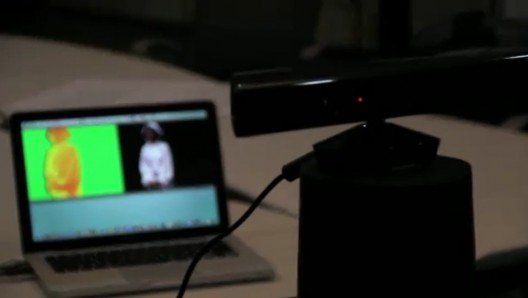Despite a relatively tepid consumer take-up, the buzz surrounding 3D televisionis still quite intense. But even the viewing improvements offered by stereoscopic technology may pale by comparison to the holographic goings-on at MIT.
Researchers are taking the first steps toward making holographic technology a reality for consumers. Using primarily off-the-shelf components, the team has managed to capture, transmit and display a holographic subject on-the-fly.
Personally my holographic moment came when watching the TV adaptation of Douglas Adams’ trilogy in five parts, The Hitch Hikers Guide to the Galaxy. Noted coastline designer Slartibartfarst appears as a holographic recorded announcement to the bemused occupants of the Heart of Gold spaceship. But for most people, the most memorable science fiction holographic image is that of Princess Leia asking Obi-Wan-Kenobi to rejoin the fight against the Empire from the first Star Wars movie. Now, rumblings of science fiction becoming science fact have emerged from the lab of MIT’s Object-Based Media Group.
A matter of perspective
Whereas all viewers of so-called 3D films such as Avatar see the same image from the same perspective no matter where they sit in the theater, the perspective of holographic pictures changes depending on the viewing angle.
A stereoscopic camera records light bouncing of an image at two slightly different angles that closely match each eye on a human face. This gives an illusion of depth, but in the real world light comes off objects at numerous angles all at once.
Holographic video systems don’t require glasses in order to view a 3D image. They use devices that produce diffraction fringe patterns, light and dark streams that bend around objects in predictable ways. Bending the patterns in different directions can produce an image which looks truly three-dimensional but the process can be very computer-intensive. Zebra Imaging‘s Mark Lucente says that customers have been put off by the sheer computational intensity involved, “1.5 gigabytes per second are being generated on the fly.”










